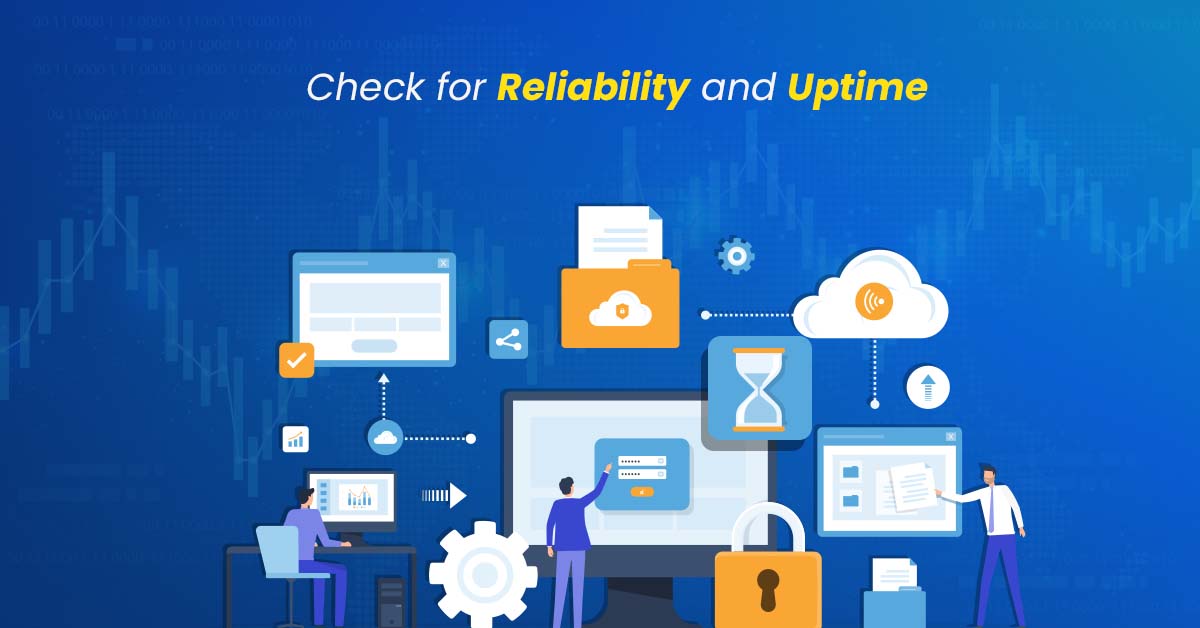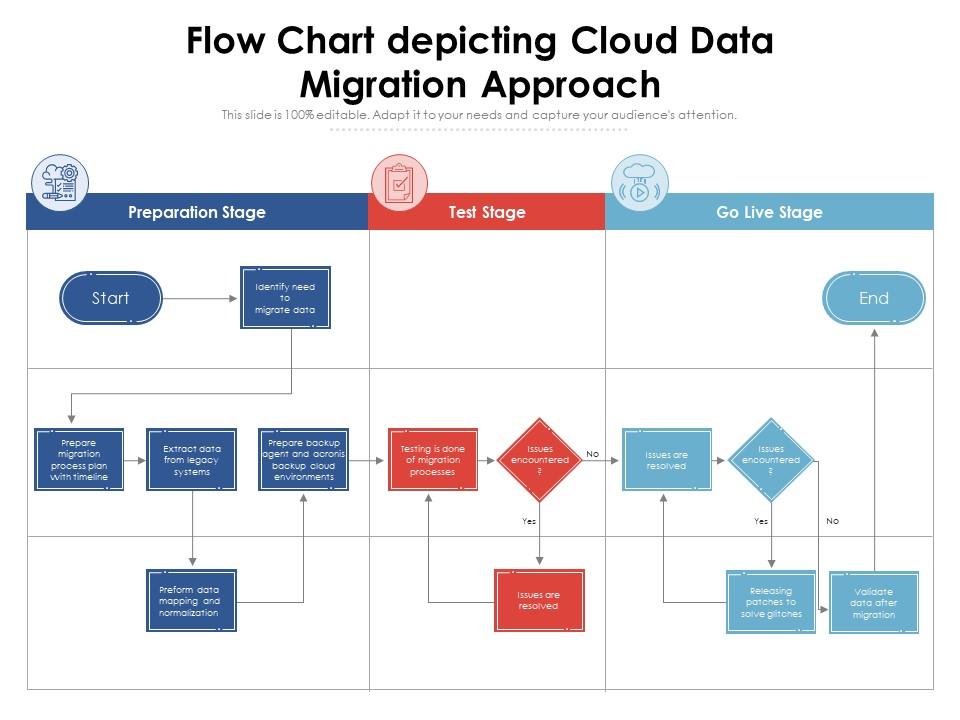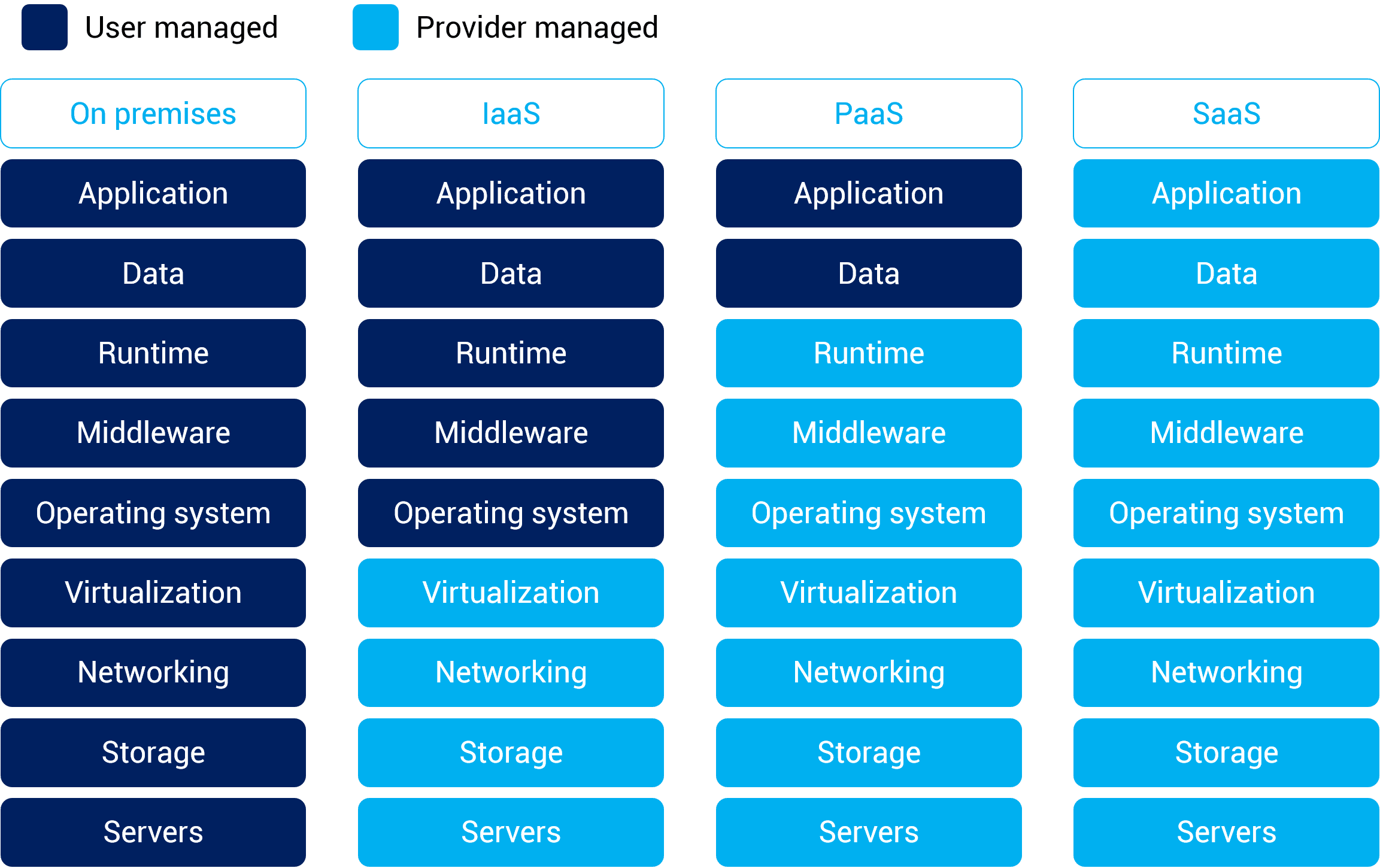In today’s rapidly evolving business landscape, embracing cloud computing technologies has become imperative for organizations seeking to drive digital transformation. Cloud computing technologies offer a myriad of benefits, including cost reduction, enhanced collaboration, and increased agility. Businesses can leverage different types of cloud computing services to streamline operations and stay competitive in the digital age. Security considerations are paramount when choosing a cloud provider, as data protection is a critical aspect of cloud adoption. By staying informed about the latest trends shaping the future of IT, implementing best practices for cloud migration, and learning from real-world case studies, businesses can unlock the full potential of cloud computing technologies for sustainable growth and innovation.

Exploring Types of Cloud Computing Services
Infrastructure as a Service (IaaS)
IaaS offers organizations virtualized computing resources like storage, networking, and servers on a pay-as-you-go basis. This flexible model allows businesses to scale resources up or down based on demand, providing cost-efficiency and scalability for varying workloads.
Platform as a Service (PaaS)
PaaS facilitates application development by providing a platform for developers to build, test, and deploy applications without the complexity of managing the underlying infrastructure. It accelerates the development lifecycle, enabling faster time-to-market for new services and applications.
Software as a Service (SaaS)
SaaS delivers ready-to-use software applications over the internet on a subscription basis, eliminating the need for on-premises installation and maintenance. Users can access these applications from any device with an internet connection, fostering collaboration and productivity across distributed teams.
Serverless Computing
Serverless computing, known for its event-driven architecture, allows developers to focus solely on writing and deploying code without managing servers. This pay-as-you-go model reduces operational overhead, improves resource utilization, and enables rapid development of microservices and applications.

Key Considerations for Choosing the Right Cloud Provider
Assessing Reliability, Uptime, and Security Measures
When selecting a cloud provider, reliability, uptime, and security are paramount. Ensure they offer robust security protocols, high uptime guarantees, and disaster recovery plans to safeguard your data. Look for certifications like ISO 27001 for information security management to ensure data protection. A reliable provider will have redundancy measures in place to prevent downtime.
Evaluating Pricing Models and Cost Optimization Strategies
Understanding pricing models is crucial. Compare pricing structures, including pay-as-you-go, subscription-based, or customized plans to suit your needs. Opt for providers offering cost optimization strategies like reserved instances, spot instances, or discounts for long-term commitments. Keep an eye on hidden costs like data transfer fees that could impact your budget.
Considering Scalability, Flexibility, and Geographical Reach
Scalability is key for growth. Choose a provider that can accommodate your evolving needs seamlessly. Assess their flexibility to scale resources up or down based on demand. Geographical reach is also vital for global operations; ensure the provider has data centers strategically located to optimize performance and comply with data sovereignty laws.
Exploring Customer Support, Technical Expertise, and Industry Experience
Superior customer support is invaluable. Look for a provider with responsive support teams available 24/7. Technical expertise is essential for seamless integration and troubleshooting. Consider the provider’s industry experience to ensure they understand your business requirements and offer tailored solutions. Prioritize a partner that aligns with your long-term business goals.

Ensuring Data Protection and Compliance in Cloud Computing Technologies
In the realm of cloud computing technologies, safeguarding data is paramount. Implementing stringent access controls and encryption measures ensures that sensitive information remains secure within the cloud environment. Compliance with industry regulations and standards regarding data privacy guarantees that businesses operate ethically and securely. Regular monitoring and auditing of cloud systems help identify and rectify security vulnerabilities proactively, enhancing overall data protection. Furthermore, establishing an effective incident response plan ensures swift actions in the event of a security breach, minimizing potential damages and maintaining compliance with data protection protocols. By incorporating these practices, businesses can fortify their data security posture and instill trust in their cloud computing operations.

The Evolving Landscape: Cloud Computing Trends Shaping the Future of IT
Embracing Hybrid and Multi-Cloud Architectures
In response to diverse needs, businesses are deploying hybrid and multi-cloud setups. This approach optimizes flexibility by combining private and public clouds. It allows organizations to tailor solutions, balancing efficiency and control while maximizing resource utilization.
Harnessing AI and Machine Learning for Data Insights
Integrating AI and machine learning in cloud services is revolutionizing data analysis. These technologies empower businesses with predictive analytics, pattern recognition, and automation capabilities. By harnessing these tools, organizations can extract valuable insights to drive decision-making and innovation.
Leveraging Edge Computing for Real-Time Processing
Edge computing is on the rise due to the demand for instant data processing. By bringing computation closer to data sources, organizations enhance real-time insights and responses. This trend enables efficient operations across industries, improving agility and customer experiences.
Embracing Serverless Computing for Efficiency and Scalability
Serverless computing is gaining popularity for its pay-as-you-go model and automatic scalability. This approach eliminates the need for managing infrastructure, allowing businesses to focus on development. With reduced costs and simplified operations, organizations adapt quickly to dynamic requirements, enhancing agility and competitiveness.

Best Practices for Successful Cloud Migration
Planning and Assessment
Before embarking on cloud migration, thorough planning is essential. Assess current infrastructure and applications to determine compatibility with cloud computing technologies. Identify dependencies, assess security requirements, and set clear migration goals to streamline the process effectively.
Selecting the Right Cloud Services and Provider
Choosing the appropriate cloud services and provider is critical. Match your business needs with the offerings of the provider. Consider factors like scalability, security features, compliance certifications, and support services to ensure a seamless integration of cloud computing technologies into your operations.
Phased Migration Approach
Adopting a phased migration strategy helps minimize disruptions to your business operations. Start with non-critical applications to test the waters before moving mission-critical systems. This approach allows for troubleshooting and adjustments along the way, ensuring a smooth transition to cloud computing technologies.
Staff Training and Upskilling
Invest in training and upskilling your workforce to maximize the benefits of cloud computing technologies. Equip your staff with the necessary skills and knowledge to effectively manage and utilize cloud services. Training programs on cloud technologies and best practices empower employees to leverage the full potential of the cloud environment for business growth.

Real-World Success Stories with Cloud Computing
Enhancing Agility and Cost Reduction: Company X
Company X, a leading tech firm, transitioned to cloud computing technologies, boosting agility and cutting costs significantly. By migrating operations to the cloud, they achieved faster deployment of services, optimized resource allocation, and reduced infrastructure expenses, showcasing the transformative impact of cloud adoption on scalability and efficiency.
Improving Patient Care in Healthcare: Hospital Y
Hospital Y revolutionized patient care by integrating cloud-based solutions. Through secure storage and easy access to medical records, doctors expedited diagnoses, personalized treatments, and improved overall healthcare delivery. This case study illustrates how cloud technologies elevate healthcare standards, ensuring data availability and enhancing medical outcomes.
Global Expansion and Market Reach: Enterprise Z
Enterprise Z, a retail giant, harnessed cloud computing for global expansion and market outreach. By migrating to cloud platforms, they transcended geographical barriers, ensured seamless customer experiences, and scaled operations effortlessly. This real-world example highlights how cloud adoption facilitates international growth, propelling businesses towards unparalleled success.







